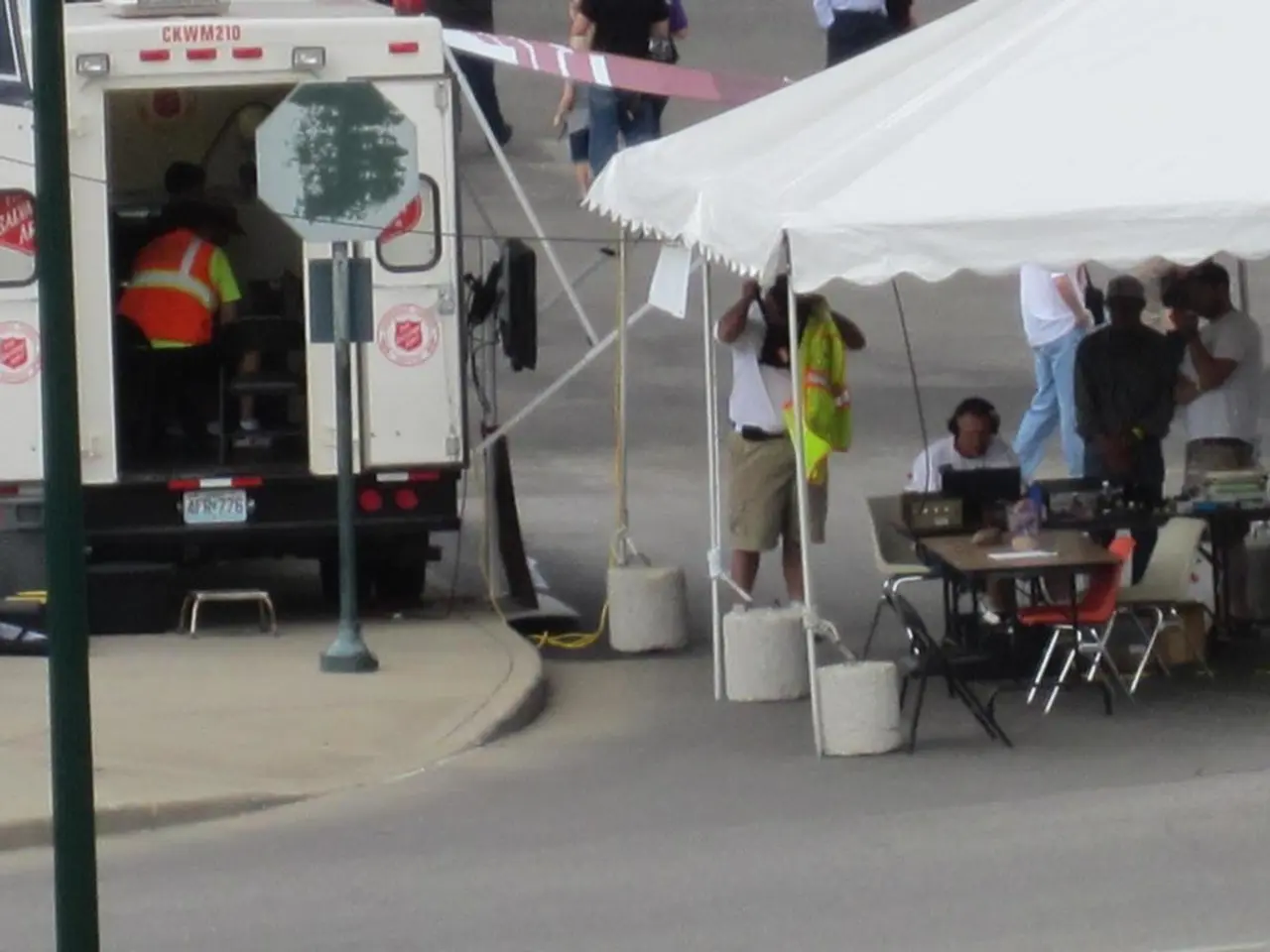Expanding the telemedicine initiative in Saxony-Anhalt is recommended - Expansion of the Program to Encompass the Following Regions: Decision Made by the Commission.
In a significant move to enhance emergency medical services and healthcare access across Saxony-Anhalt, the Tele-Doctor Project is expanding to include regions beyond the southern part of the state. The project, which has been ongoing since October, aims to provide remote consulting services between doctors and paramedics, improving access to timely medical advice and reducing emergency response times, particularly in rural and underserved areas.
The Tele-Doctor Project serves approximately 560,000 inhabitants with the help of 52 ambulances and 10 mobile intensive care units. The project has been tested in districts such as Mansfeld-Südharz, Saalekreis, and the city of Halle, and as of August, there are 30 doctors actively involved. The expansion of the project is expected to further bridge the gap between urban centres and rural areas with limited near-instant access to specialized medical personnel.
The telemedicine approach enhances the quality of pre-hospital care, reduces unnecessary hospital admissions, and supports paramedics on-site, leading to more efficient emergency service workflows and potentially saving lives. In most cases, the paramedic contacts a tele-doctor to make quicker, better-informed decisions before patients reach hospitals.
The Tele-Doctor Project is an integral part of the region's growing technological ecosystem, aligning with advances in digital infrastructure demonstrated by investments such as Daimler Truck’s global parts center in Halberstadt. This expansion positively influences collaboration among emergency personnel and healthcare providers in Saxony-Anhalt, strengthening interdisciplinary communication and patient safety, as noted in German outpatient care studies.
In certain cases, a doctor on-site is still necessary, such as in a heart attack, according to Hartmut Stefani, the medical director of the rescue service Merseburg-Querfurt. However, in many instances, patients either remain on-site after treatment or are transported to a clinic with the support of the tele-doctor and a paramedic. Some patients do not wish to be transported by the rescue service or can reach the next hospital with simple medication without a doctor.
Interior Minister Tamara Zieschang (CDU) has proposed to amend the emergency service law to permanently enable the use of the tele-doctor throughout the state. District Administrator Hartmut Handschak (independent) of Saalekreis sees an increase in the effectiveness of rescue missions through the tele-doctor. These doctors are provided with real-time patient vital data, such as blood pressure and ECG, and have remote contact with the ambulance and its crew.
In conclusion, the Tele-Doctor Project expansion in Saxony-Anhalt strengthens emergency medical services by enabling remote physician consultations that improve response quality and efficiency, serves both rural and urban areas within the state, and complements ongoing digital and economic advancements in the region.
- Expanding the Tele-Doctor Project could potentially incorporate vocational training programs for paramedics and health-and-wellness professionals, promoting science-based fitness-and-exercise routines within the community aid framework.
- As the Tele-Doctor Project progresses in Saxony-Anhalt, it could explore collaborations with vocational training institutions to offer bio-technological certification courses, enhancing the use of telemedicine and advanced digital infrastructure in the region.




